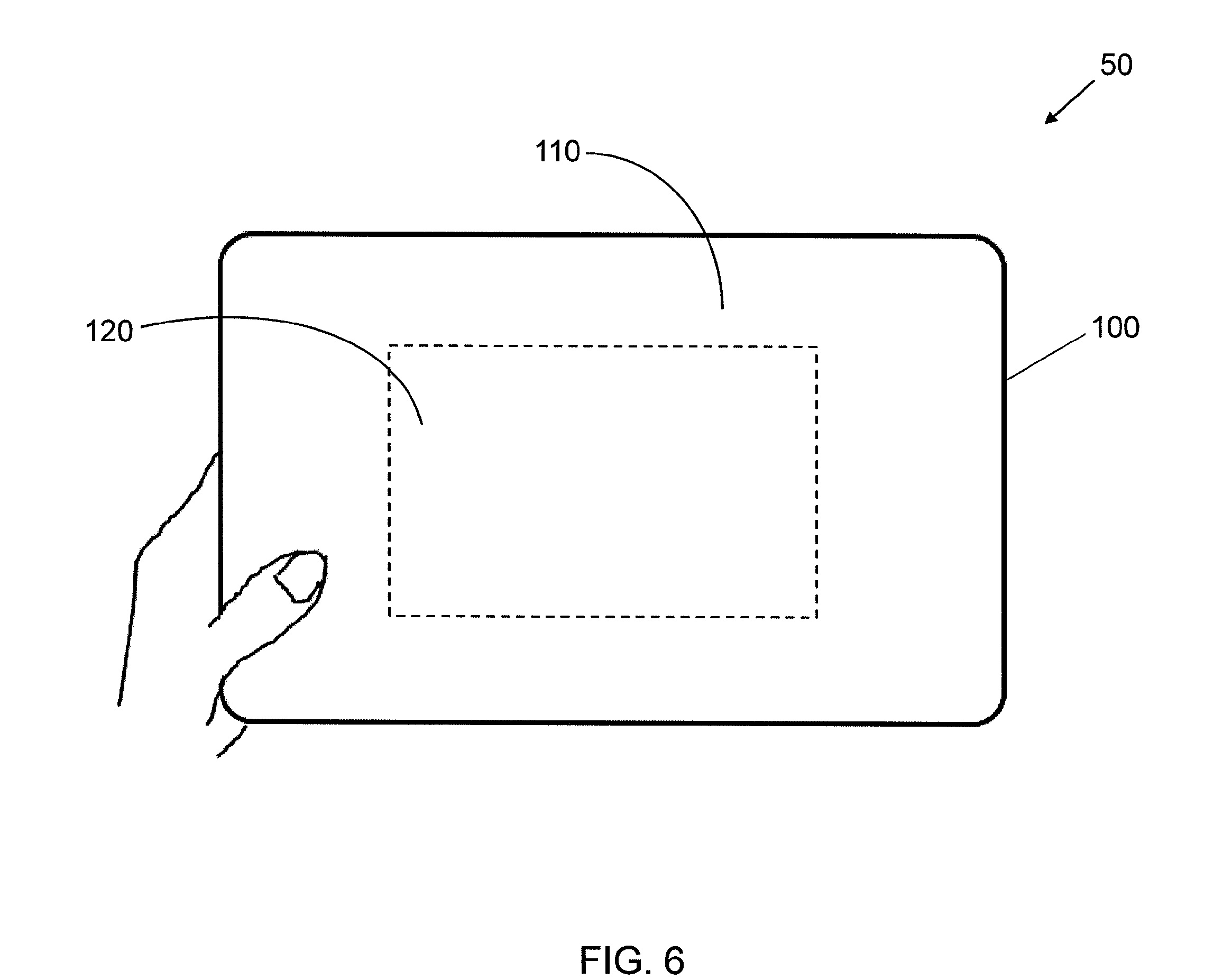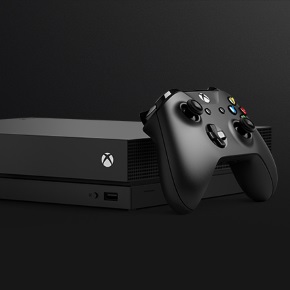
Uno dei primi tre Windows Phone 8.1 di Nokia, nome in codice “Goldfinger”, che potrebbe essere presentato ad aprile, dovrebbe essere dotato di una nuova funzionalità esclusiva firmata Nokia e denominata 3D Touch, rivelata da TheVerge a novembre. Sono trapelate in rete informazioni su un brevetto Nokia riguardante proprio un nuovo tipo di interfaccia touch estesa ai bordi del device.
Le fonti del noto portale descrivevano questa nuova funzionalità come facente “uso di sensori hardware per rilevare le interazioni che sono fuori dal display“, un input tattile sistuato quindi sulla cornice o i bordi del device. Il brevetto trapelato parla proprio di un nuovo tipo di interazione che potrebbe coincidere proprio con il 3D Touch.
“Touch input may be received in a bezel area provided on the display, where user interaction with content presented within the bezel area at a location corresponding to the location of the touch input is initially disabled. A force component of the touch input may be detected and compared to a predetermined force threshold. In cases in which the force component of the touch input exceeds the predetermined force threshold, user interaction with the content at that location may be enabled. In this way, the force exerted by the user in applying a touch input in the bezel area may be considered an indication of the user’s intent to interact with corresponding content within the bezel, and such interactions may be provided for accordingly.” […] “Additionally or alternatively, the at least one memory and the computer program code may be configured to, with the processor, cause the apparatus to disable user interaction with the content at the location corresponding to the location of the touch input upon expiration of a predetermined amount of time following enablement of the user interaction. In such cases, the predetermined amount of time may correspond to the force component of the touch input.” […] “Moreover, the method and computer program product may provide for a visual indication or a haptic indication of the enablement of user interaction with the content.”
Si tratterebbe di una area “sensibile” situata in prossimità del display e quindi sulla cornice e i bordi del device. Questo tipo di interfaccia touch sarebbe caratterizzata dal riconoscimento di una determinata pressione esercitata sull’area interessata, con possibilità di attivarla e disattivarla, onde evitare interazioni involontarie. Oltre alla pressione potrebbe entrare in gioco il fattore tempo di interazione con l’area touch, che potrebbe determinare l’inizio o la fine dell’input. Per finire, l’inizio o la fine dell’interazione con l’area touch potrebbero essere segnalati visivamente o attraverso una vibrazione.
Al momento non sappiamo se questo tipo di input descritto nel brevetto sarà effettivamente implementato in futuri device, ma di certo questo tipo di interazioni extra-schermo apre scenari molto interessanti e abbastanza innovativi in campo mobile. Che ne pensate?
Articolo di Windows Blog Italia
Fonte | World Patents












